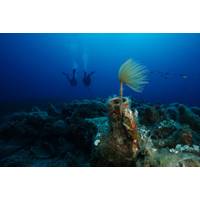
Meet NOUS: An Underwater ‘Artificial Mind’
sensors for the abiotic environment, underwater lights for night observations, lasers, infra-red cameras, etc.The computer communicates via an Ethernet network with the other devices in the system, for transferring images and measurements (ie. electrical quality, speed and network status, etc.). It has a Linux operating system which allow to add applications, change settings remotely and secure access via ssh protocol. The computer has a custom electronic circuit designed for voltage and current measurements, both on the power line and on other consumers (wiper, lights, etc.).The camera, lens and electronic
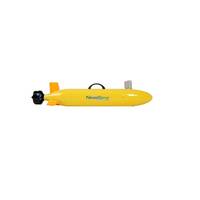
RTSYS Debuts Micro-AUV NemoSens
localization.Unveiled after years of development, the flexible new AUV is small (less than 1 meter long) and is easy to carry and launch (less than 20 pounds including payload). Micro-AUV NemoSens can host any kind of payload, be it a CTD probe, sidescan sonar or any other sensors. Thanks to an open LINUX architecture it can be programmed from a ROS or MOOS interface to complete various kind of missions.Its battery provides wide autonomy (up to 8 hours at 4 knots) with speed range from 2 to 8 knots and its robustness allows it to dive over 300 meters, the manufacturer said,Several AUVs can maneuver
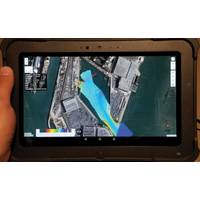
NORBIT DCT – Hydrographic Survey Made Easy
platform, which is a DCT backbone and comprises of tools and utilities allowing for data access and manipulation similar to the web browser operations. The access is facilitated by open source frameworks which are supported by the GIS community all around the World. The DCT supports both Windows and Linux operating systems that allows for integration to multiple platforms and multiple manufacturers.Post-processing and product deliveryIt is important to note that DCT is not a bathymetry processing software. It is a utility to securely and efficiently run hydrographic surveys, collect high-quality survey
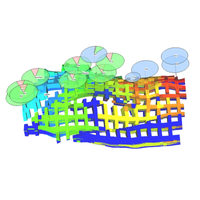
Emerson Launches Roxar Tempest 8.2
.Users of Tempest 8.2 will also enjoy additional post processing capabilities through Tempest VIEW. These include full support for the latest CMG simulator output, direct creation of PowerPoint presentations and improved streamline analysis and fault visualization.Roxar Tempest, which runs on Windows and Linux and operates alongside Emerson’s reservoir characterization and modelling solution Roxar RMS, is an integrated software suite that provides a wide range of reservoir engineering features and is used in hundreds of installations worldwide. All modules can be deployed together or separately within

Tech File: Blue Robotics BlueROV2
pretty well, plus because most of the software’s momentum is driven by the aerial drone community, it is constantly being improved. Another benefit of open source software is that I can use it with a wide variety of hardware platforms. The topside controller, for example, can be a Windows, Mac, Linux or even Android computer/tablet. I used a Windows tablet topside and updated the ArduSub firmware via a USB cable connected to the control electronics in the ROV. A few minutes following the instructions and the electronics were ready to operate. I closed up the housing, attached a battery and fired
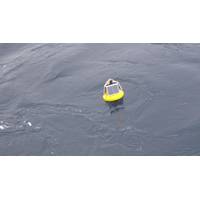
‘Small Satcom’ Aids Polar Climate Research
; Gas industry for instance, where data originating at facilities in remote or hazardous locations can inform if an engineer needs to visit or not.” Designed to work with any platform with a serial or USB port, including Arduino, Raspberry PI and Intel Edison, as well as Windows, Mac and Linux computers, RockBLOCK is a simple and reliable way to integrate two-way communication into sensor and measurement based research projects. It can send messages of 340 bytes and receive messages of 270 bytes using Iridium Short Burst Data (SBD), which offers global, pole-to-pole coverage. At just 76
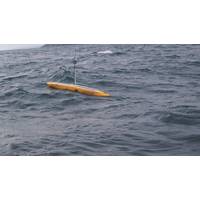
Meet the AutoNaut
H-Scientific Ltd., in Waterlooville, UK. The Micro-Spectre system provides all the autopilot, powering and sensor control systems onboard, allowing pilots to remotely operate AutoNauts from anywhere with an internet connection. The system is custom built and runs without an operating system (Windows / Linux etc.) which means the current draw is extremely low. The whole system runs on H-Scientific’s RCW (Remote Control Workstation), an innovative front end package which gives pilots access to AutoNaut’s systems 24/7. Power consumption, sensor sampling and mission control are all manageable
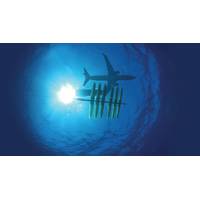
The Future of Unmanned Underwater Systems
, we’ve invested greatly in this area and have one of the world’s best software engineers leading our architecture. Dr. James Gosling, the creator of JAVA, is our Chief Software Architect and has guided the team that designed Regulus, the Wave Glider operating environment based on Linux and of course, JAVA. In my opinion, software innovation and application development for unmanned systems is the most exciting field and will have the biggest impact on business growth and scientific discovery. When we discuss unmanned systems, particularly ROVs, we often discuss “getting
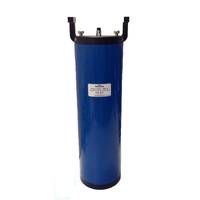
Ocean Sonics Launches Battery Pack
can be sourced directly by the user and drop-shipped to their destination. The pack synchronizes multiple hydrophones connected to it. Options for the pack include 1 to 4 TB of memory for combining multiple hydrophones, and a data-processing Hub that runs Ocean Sonics' classifiers, or can run Linux-based custom classifiers



 February 2024
February 2024





